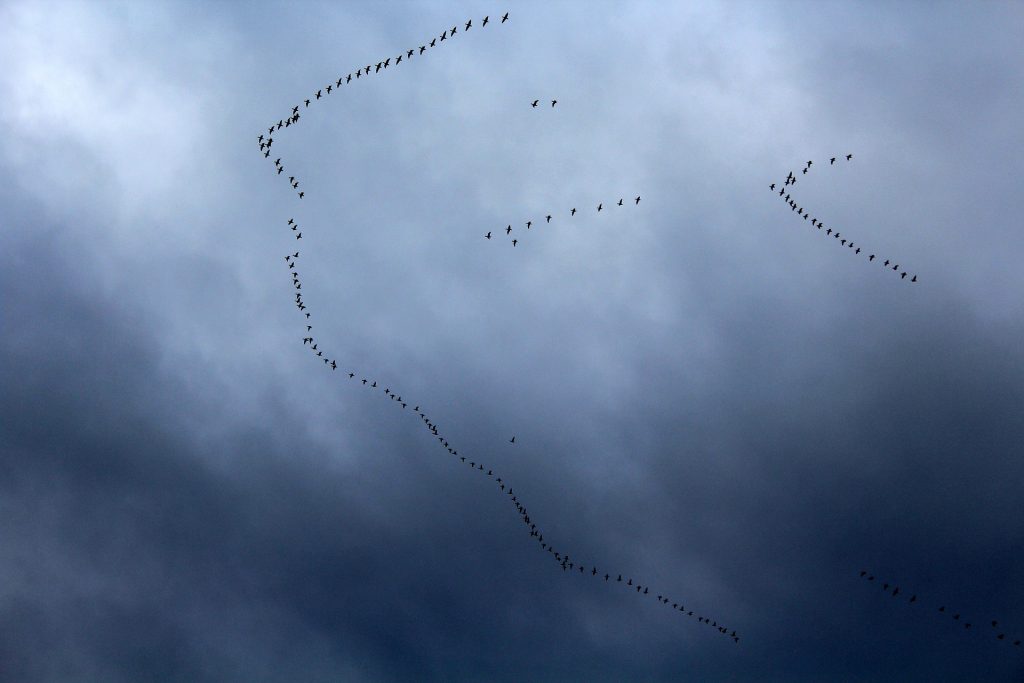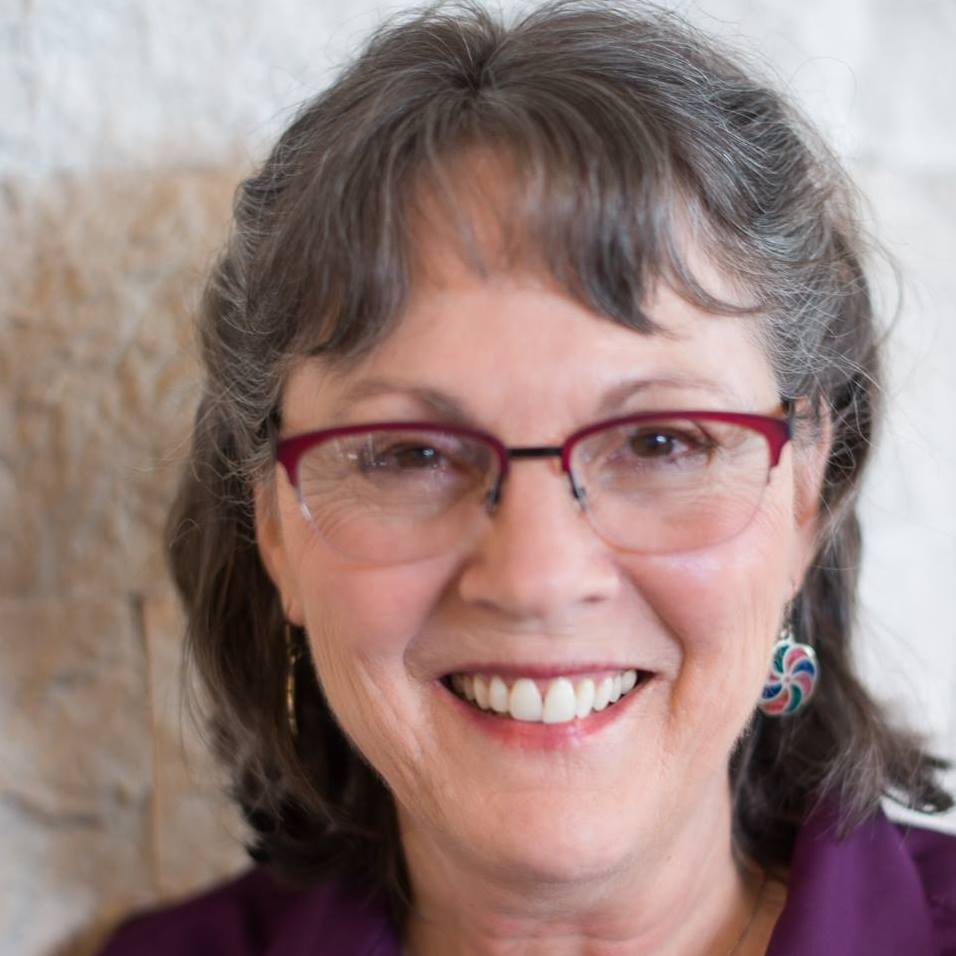
A Sacred Migration
The first time I heard the term sacred migration, I was staring at an antique rug hanging over the fireplace behind an old trading post deep in Hopiland. The rug featured a swastika. When my host noticed my consternation, he laughed. “It’s not what you think it is! This rug traces the legendary path of the sacred migration of the pueblo peoples. An unknown weaver created this rug a hundred years before anyone heard of Adolf Hitler. If you look closely, you’ll see a pronounced difference between this symbol and the Nazi symbol.”
I studied the square-shaped symbol with the two lines that crossed in the center, but it looked the same to me. My host explained. “This symbol sits flat on one leg. Variations of this straight version appear in ancient cultures all over Eurasia. In modern times it’s a symbol of good luck in Hindu and Buddhist countries. When Hitler appropriated the swastika for his empire, he tipped it on one corner.
The Sacred Migration of Pueblo Mythology
According to pueblo mythology, we live in the Fourth World, humanity having failed miserably in the first three worlds. After the Third World ended, Masaw, guardian of the Underworld, led the People up into the Fourth World by the sipapu. Just before he disappeared, Masaw told them the clans must migrate to the ends of the land in the four cardinal directions: west, south, east, and north. The clans split up, starting in different directions, but each clan completed the great swastika that took them to all four directions. Later they learned these migrations were intended to purify them of evil before they settled in their homeland.
The Sacred Migration in Kokopelli’s Song
As I wrote Kokopelli’s Song, I organized the plot spatially, sending my characters on a migration of their own. Interestingly, I found an important archaeological or cultural site at each of the four directions.
Amy, Mahu, and Diego all enter the story at Santa Fe, New Mexico, their sipapu. Danger surrounding the mystery sends Amy and Diego west to Old Oraibi, an important cultural site. A narrow escape at Old Oraibi sends them south to El Morro National Monument. There Amy and Diego get separated, and Amy travels east to Cochiti pueblo. Eventually the two find each other at Chimney Rock National Monument, north of Cochiti.
The story ends where it began a thousand years ago–at Chaco Culture National Historic Park. The ruins in Chaco Canyon tell us it was an important ceremonial center. People living across the four corners states (Arizona, New Mexico, Colorado, and Utah) walked great distances to attend ceremonies. So it’s not much of a stretch to claim it for the center of the ancient civilization in my story.
The Sites
Over the years I’ve visited each of these sites, most of them more than once. As I considered how each place might fit into the story, I got a few surprises. Those surprises led me to books, which led me to speculation, which led me to another piece of the story. In the next few blog posts, I’ll share more details about these fascinating destinations. So get ready for a bit of a travelogue!

 A passionate reader, I began writing as a young girl. After graduating from college, I became a teacher. Over the course of my career, I taught high schoolers, college undergraduates, and public school teachers how to write personal narratives, expository and persuasive essays, as well as poetry and short fiction. I continued to write: publishing professional articles, two textbooks, short stories, and poetry. In 2013, I won first place in Romantic Suspense in the ACFW Genesis Contest.
A passionate reader, I began writing as a young girl. After graduating from college, I became a teacher. Over the course of my career, I taught high schoolers, college undergraduates, and public school teachers how to write personal narratives, expository and persuasive essays, as well as poetry and short fiction. I continued to write: publishing professional articles, two textbooks, short stories, and poetry. In 2013, I won first place in Romantic Suspense in the ACFW Genesis Contest.
I just saw your post on HSV NextDoor. I’d like to follow your blog, but (on this day FULL of snow!) I’m having difficult. I live in HSV, 6 years now. Thanks for adding me to your list.